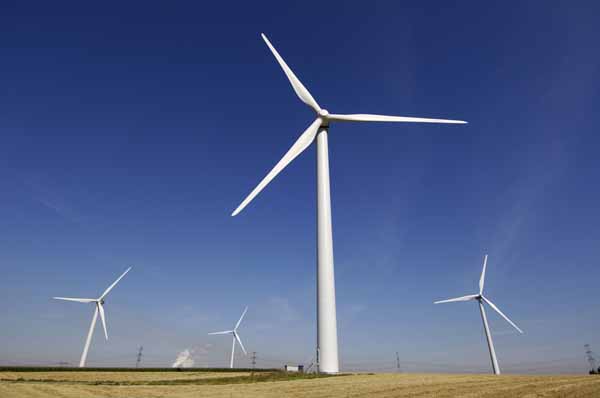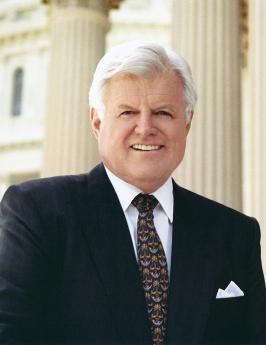Related Topics
Philadelphia Politics
Originally, politics had to do with the Proprietors, then the immigrants, then the King of England, then the establishment of the nation. Philadelphia first perfected the big-city political machine, which centers on bulk payments from utilities to the boss politician rather than small graft payments to individual office holders. More efficient that way.
Philadelphia Economics
economics
Nature Preservation
Nature preservation and nature destruction are different parts of an eternal process.
Dislocations: Financial and Fundamental
The crash of 2007 was more than a bank panic. Thirty years of excessive borrowing had reached a point where something was certain to topple it. Alan Greenspan deplored "irrational exuberance" in 1996, but only in 2007 did everybody try to get out the door at the same time. The crash announced the switch to deleveraging, it did not cause it.
Windmill Electricity

|
| Windmills |
The Right Angle Club was recently edified at lunch about wind-power generated electricity, by Craig Poff of Iberdrola Renewables, the largest producer of renewable-source electricity in the world. Iberdrola is a Spanish firm, headquartered in Bilboa where they have Basques, near where the Spanish Armada once started its ill-fated journey to battle Sir Francis Drake. Furthermore, it's near where there are caves with wall paintings several thousand years old. Craig is pure American, however, with a background in real estate sales. That isn't as remote a connection as it may sound, because it takes several years and a lot of salesmanships to assemble the leases necessary to create a windmill farm.
We've all seen photographs of these silvery towers, with what looks like aluminum propellers glinting in the sun. They are actually made out of fiberglass in much the same way boats are made, and quite often both are made in the Trenton region. So to speak, two hollow clamshells are held together with masking tape to form a propeller blade. Eventually, it revolves slowly, slowly in the wind, starting around 15 miles per hour, and getting turned off when the wind gets so fast it's dangerous. The blades modify their pitch at different speeds, and the entire contraption rotates to meet the wind. Sometimes one windmill will "steal" the wind from its neighbor, so the middle ones get turned down or turned off. There are local "met masts" to measure the wind and its direction and respond with appropriate directions via computers. There are also regional computer centers, and finally, electric power distribution is controlled by computers in Bilbao. Electricity can't be stored very well, so sometimes a perfectly good wind must be ignored when electricity isn't needed. Scientists are working on big batteries, and also on storing energy by pumping water uphill into storage reservoirs or compressing air into caves. Storing wasted electricity is a major issue, and high hopes are held out for innovation in batteries.

|
| Senator Ted Kennedy |
A typical tower is about 123 meters high, with a wingspan of about 300 feet; the towers are separated by roughly 1500 feet, but by much more when they are downwind. It's easy to see how negotiations with local farmers can be difficult, requiring months of public relations in a new community. Sometimes they encounter someone like Senator Ted Kennedy, who just plain dislikes how windmills look. Negotiations have to be conducted to obtain access roads to the wind farm, and access to the power transmission grid. Negotiations have to be conducted both before and after construction to satisfy game commissions who worry about the birds and the bats. As it works out, a farmer gets about $7000 a year to lease out his land, but windier areas are more prized, so jealous bargaining abounds. It's probably no wonder only 2% of electric power is presently generated this way, even though Pennsylvania law requires the power companies to reach 18% by 2020. Requires? What's the reasoning behind that? At present, the windmill nearest to Philadelphia is in Pottsville.
It's nice this electricity gets generated by a source so clean, which also can't be shut off by the Iranians. But awkwardly it's expensive to make electricity this way, particularly if you include the subsidies it enjoys. Yes, yes, it's true that lots of things are receiving dubious subsidies, and some of them are competitors to wind power. But the unwillingness of wind power advocates to acknowledge the relative costs of their product suggests to any skeptic that relative costs must be extremely high, indeed. Yes, it's clean, but it's expensive and needs a subsidy. Industries that consume large amounts of power have been offered power purchase agreements that constitute a hedge against future cost volatility for many years in the future. That's both a hedge against rising costs and a promise of reliability; some businesses will pay for that. The competitive economics are that the initial cost of wind power is quite high, but future maintenance costs are quite low. More typically, most household consumers feel they have a right to know more precisely what the competitive prices really are, absent loss leaders, subsidies and hype. When we know that for sure, we consumers will decide whether a somewhat cleaner environment is worth the price. The investors in this technology must gamble they can persuade us that it is, and one can be fairly certain competitive energy producers will seek to persuade us that it isn't. What the farmers who lease their land think, also matters. But the farmers will mostly matter in the legislature voting on clean air mandates, where city dwellers tend to lose their influence. You can sort of see how the legislators think: the farmers know how much they have been offered for the land leases, but the city dwellers can only guess at how clean the environment will get, and how much the electric costs will rise.
Originally published: Friday, April 03, 2009; most-recently modified: Friday, May 31, 2019
| Posted by: Dianne | Feb 8, 2011 11:55 AM |
| Posted by: Greg | Apr 7, 2009 10:00 PM |